
If you're interested in DIY tube amps, this article might be worth a look.
Some older radios use tubes like the 6n2 and 6p1. These tubes don't have high power ratings, so they're not suitable for power amps because their output is too low. Instead, why not build a preamp circuit to enhance the sound before sending it to the power stage?
First, you'll need to search online for circuit diagrams and specifications for each tube, as well as pinout diagrams. You can use an old CD drive casing for the chassis and plan the layout before you start building. After assembling the components, you'll need to adjust the operating point voltage for each tube. Once tested, if the background noise is minimal and you can hear a faint hum from two meters away with the volume maxed out, you're good to go.
At the front, you'll find the power switch and volume control knob. Two 6E2 eye tubes (also known as level indicator tubes) are used to display the left and right channel levels. The light bars move toward the center as the music volume increases, giving it a dynamic, engaging effect.
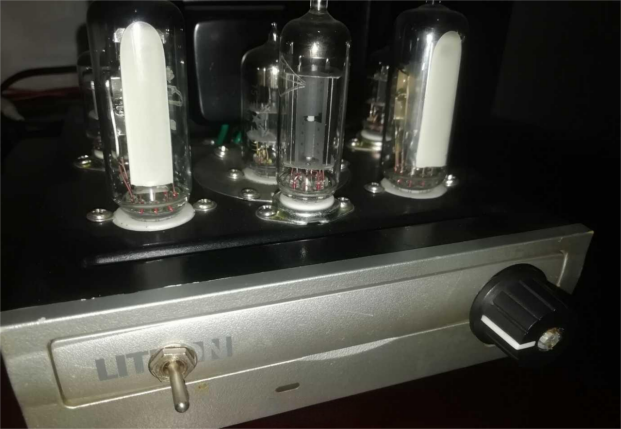

On the back, there's a standard British plug socket and RCA input/output connectors.
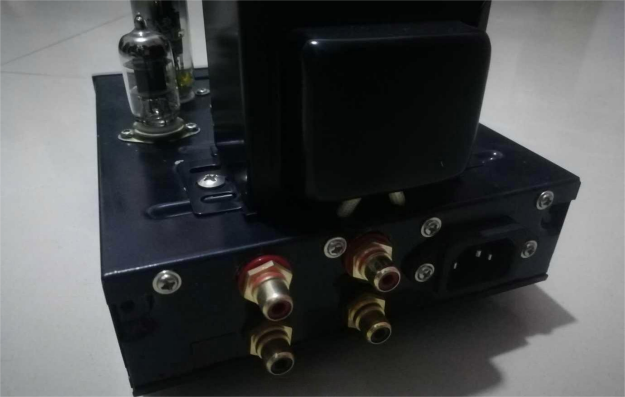
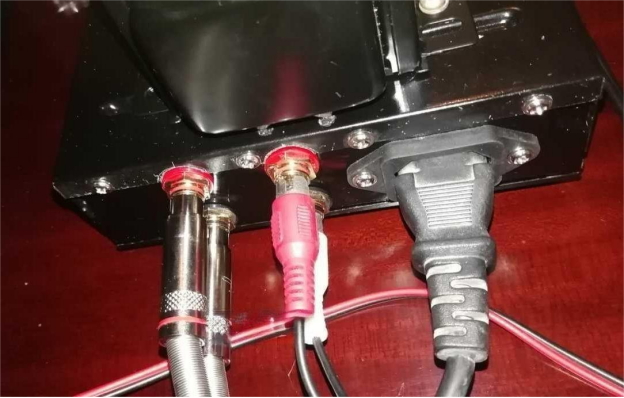
The bottom circuit board: If you're working with an old tube radio and the wiring underneath is messy, try to arrange the connections to minimize current interference and noise.

This shows part of the circuit for the 6E2 level indicator tube.
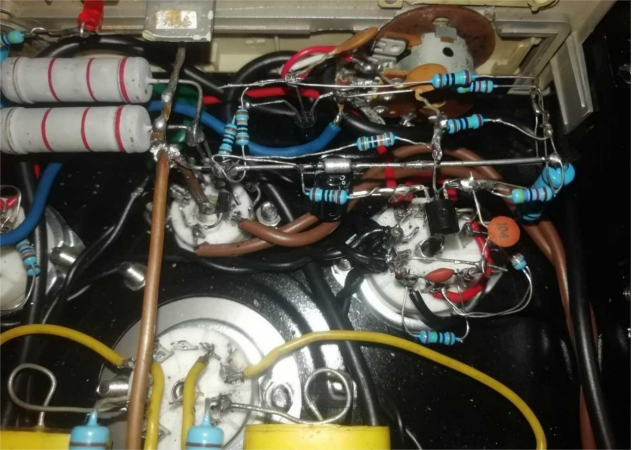
Here's the result after turning it on.
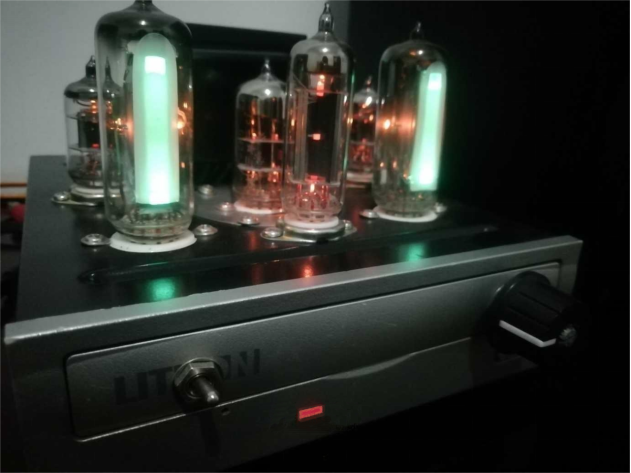

Tube amps have a unique sound. As for how much this preamp improves the sound, you can try DIYing it and see the results for yourself.




